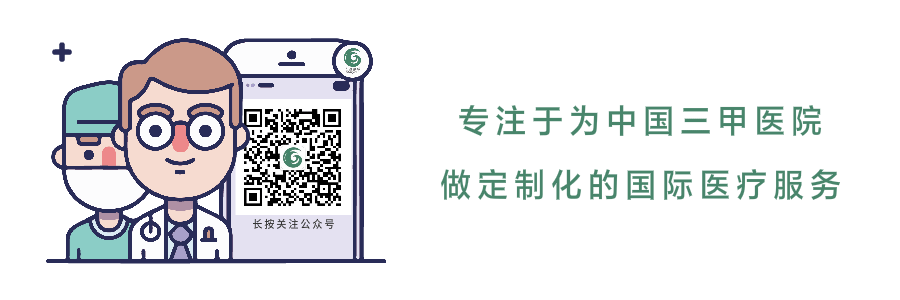-
News & Events

In the afternoon of January 16th, 2024 Sino-German Video Conference on Spine Surgery was grandly held at the Fourth People's Hospital of Guiyang (Guiyang Orthopedics Hospital). Two guests were specially invited to join the conference online -- Prof. Rauschmann, Head of Spine Surgery and Reconstructive Orthopedic Surgery of Sana Clinic Offenbach, and Prof. WANG Bing, Head of Spine Surgery of the Second Xiangya Hospital of Central South University and Director of the Spine Surgery Treatment Center of Hunan Province.
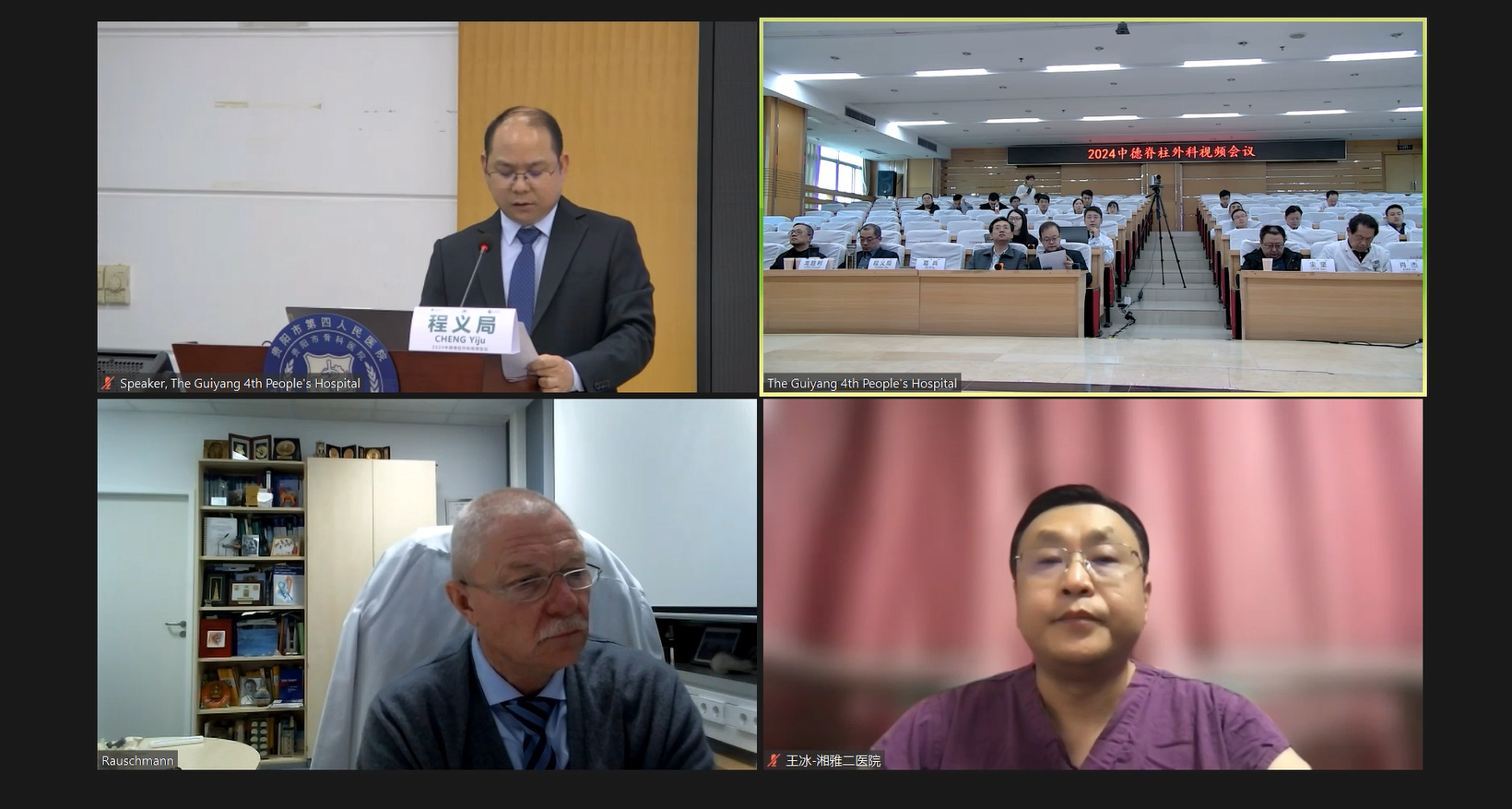
The attendees of the conference include Mr. LIU Yifeng, Member of the Party Committee and Leader of the Comprehensive Administrative Law Enforcement Team of the Guiyang Bureau of Health, Prof. GE Bing, Secretary of the Party Committee of the Fourth People's Hospital of Guiyang, Prof. CHENG Yiju, Deputy Secretary of the Party Committee and President of the hospital, Prof. LONG Shengli, Prof. CHEN Jian, and Prof. LONG Hao, Vice Presidents of the hospital, Prof. XIAO Jie and Prof. ZOU Wei, Directors of Department of Spine Surgery. Prof. ZOU Wei served as the moderator of the conference, and Doctor TIAN Zhen as the interpreter.
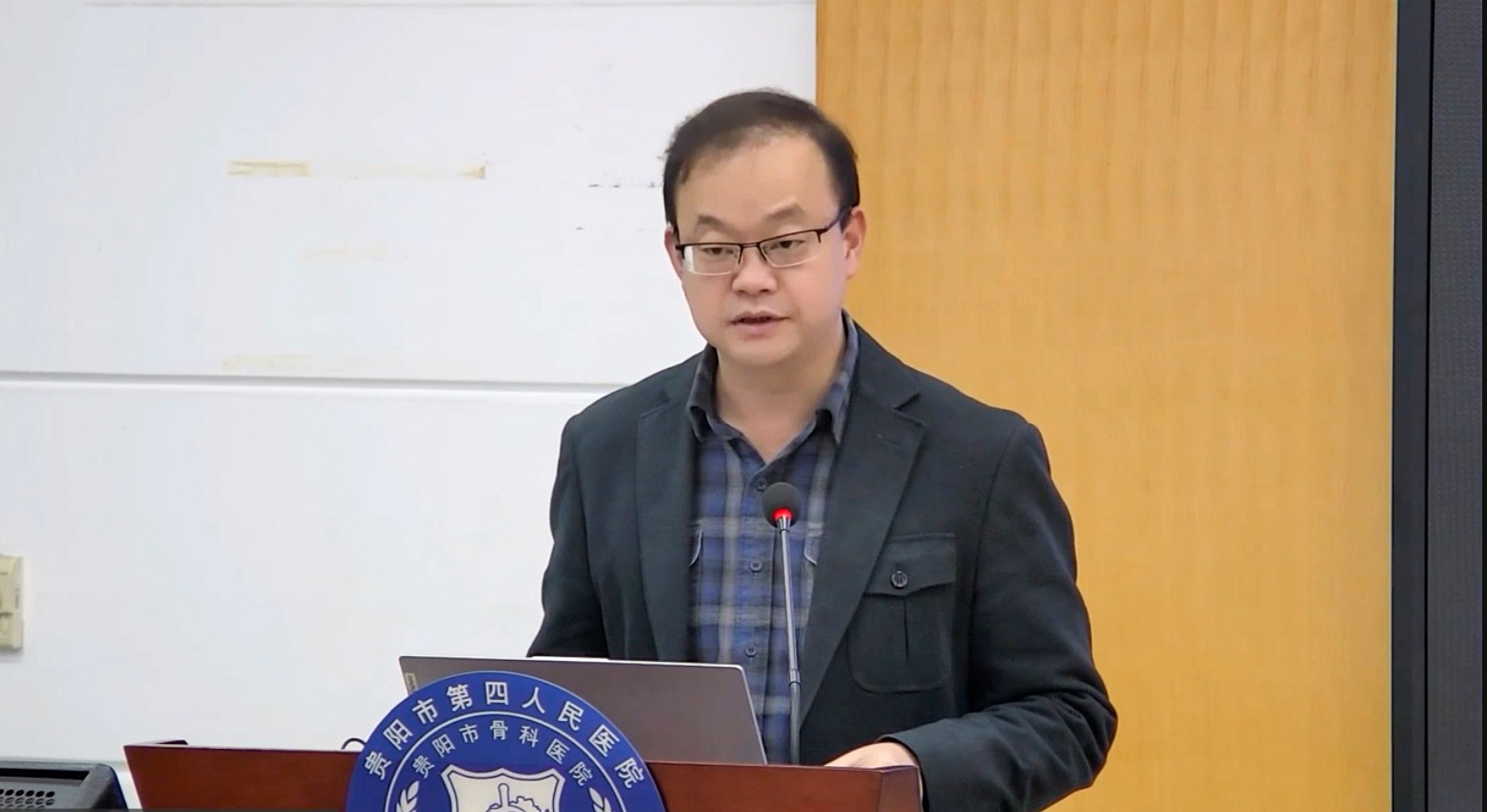
Mr. LIU Yifeng, Member of the Party Committee and Leader of the Comprehensive Administrative Law Enforcement Team of the Guiyang Bureau of Health
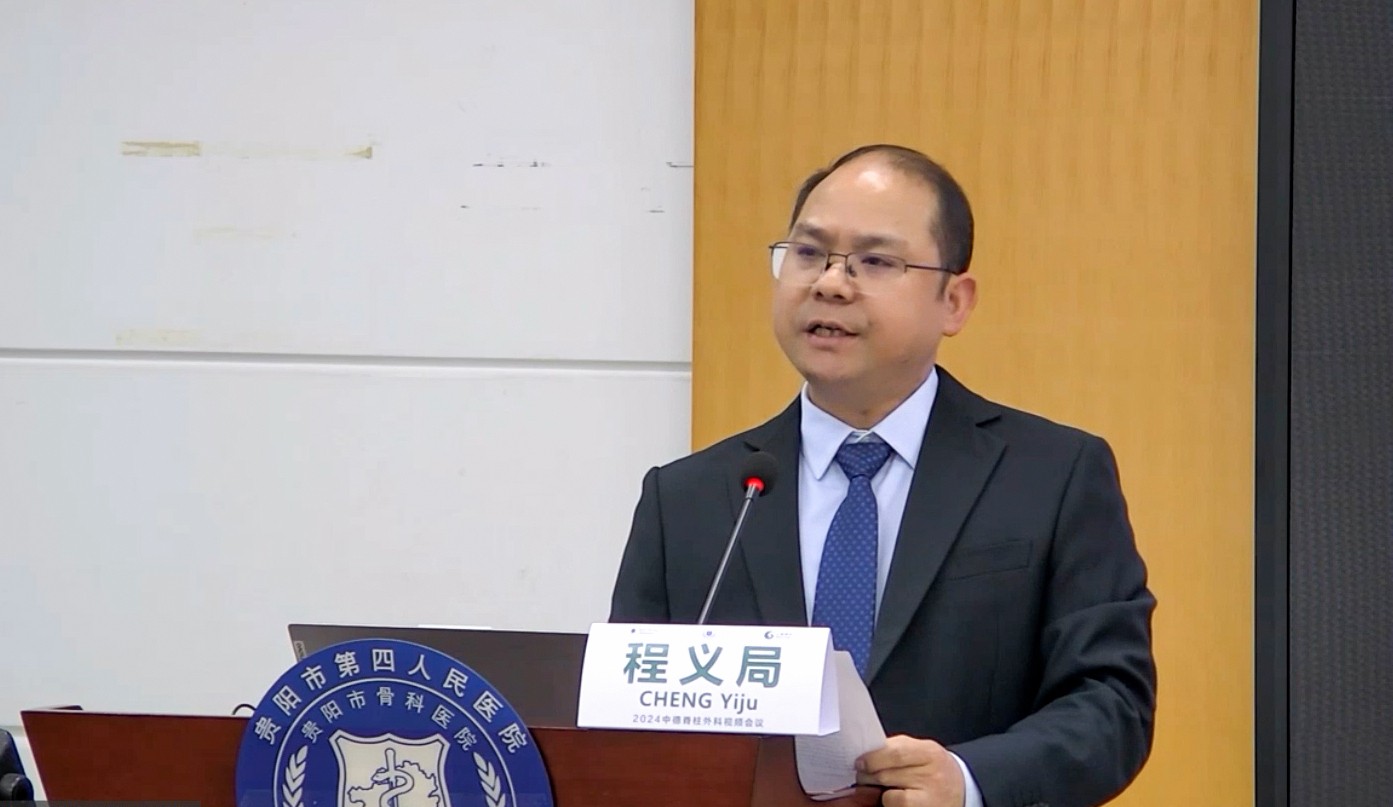
Prof. CHENG Yiju, Deputy Secretary of the Party Committee and President of the Fourth People's Hospital of Guiyang
On the conference, Prof. Rauschmann delivered a special lecture titled "Treatment Concept in Postoperative Infections of the Spine - Pearls and Pitfalls", in which he introduced the diagnostic methods of postoperative spinal infections, techniques of surgical debridement, options of antibiotics and antibiotic carriers, pros and cons of local antibiotic therapy, etc.
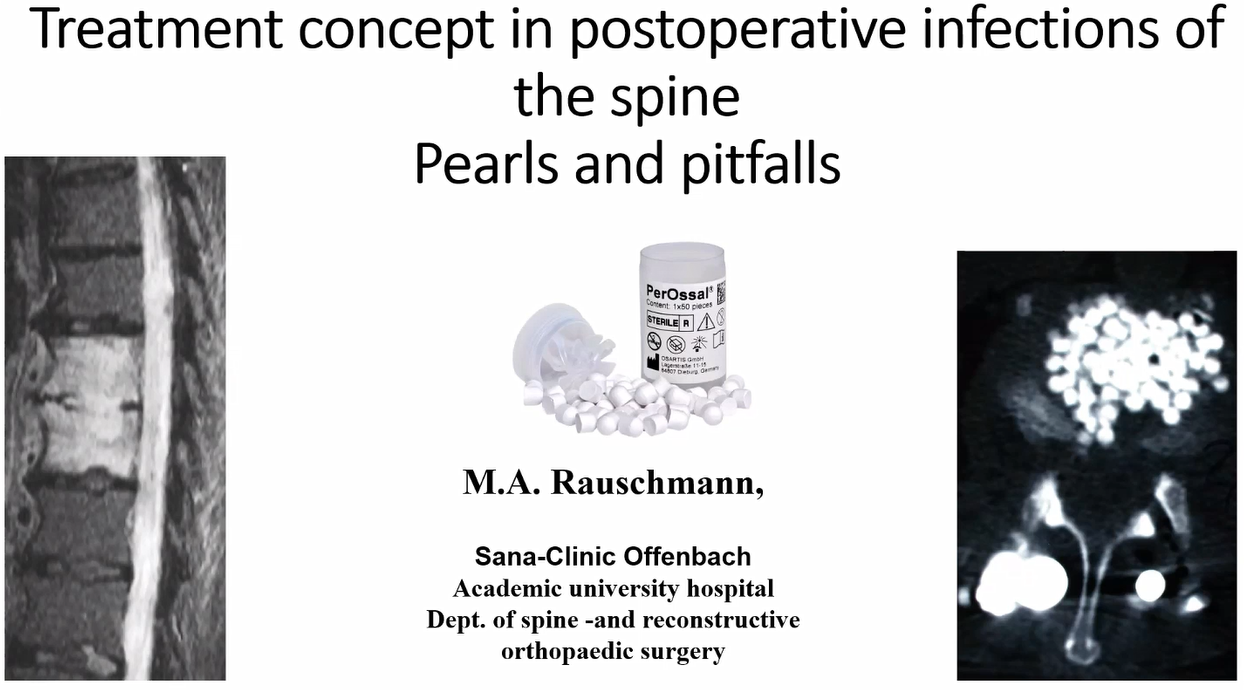
First, Prof. Rauschmann shared an interesting case. The patient is a 77-year-old lady, who underwent an ALIF on L5/S1 for osteochondrosis and degenerative spondylolisthesis in 2010. Four weeks after the surgery, the implanted screws were loosened, so another revision surgery with bone cement augmentation was performed. But soon a posterior infection with MRSA and dislocation of the implanted cage were discovered, so all the internal fixations were removed in a posterior approach.
With all the radiology and clinical findings of the patient, Prof. Rauschmann raised questions for the colleagues on the conference: What to do if this patient is transferred to your hospital? Will another surgery or conservative treatment work? Is further diagnosis needed? Here, Prof. Rauschmann left his solution a mystery and would explain it at the end of his lecture.
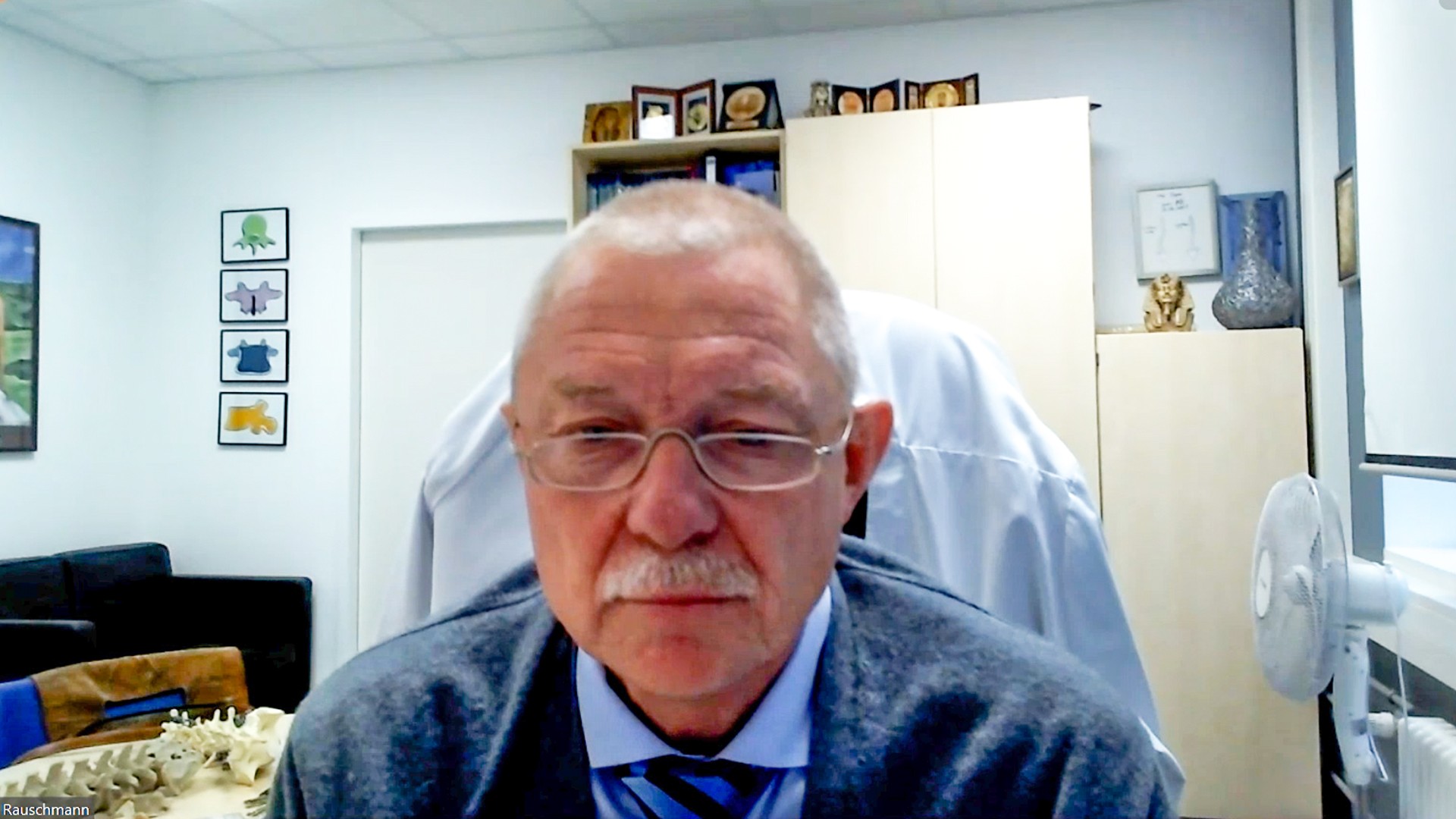
Then Prof. Rauschmann introduced that the most frequent complication in instrumentations in the spine is the infection, at the rate of 0.7%-20%. 90% of the infections occur in the early phase after surgery, within three months. Common germs are staph aureus (50%), staphylococcus epidermidis (implant associated), ß-hemolytic streptococcus, and gram negative (E.coli), etc. Infections in the late phase, more than 3 months after surgery, has an incidence rate of 4.3%. The germs, different from those in the early infection, include propionibacterium acnes and coagulase negative staphylococcus, etc.
There are many risk factors for postoperative spinal infection, such as adipositas, diabetes mellitus, malnutrition, leukopenia, immunosuppression, chemotherapy and radiotherapy for cancer patients, alcohol, nicotine, trauma, and a preoperative hospital stay of more than a week.
Postoperative spinal infections will cause decreased surgical outcome, more postoperative pain, lengthened hospital stay, and increased therapeutic costs.
Diagnostic Methods
Diagnostic tools for postoperative spinal infections include MRI, CT, and bone scan. MRI is the gold standard for diagnosis that helps with early detection. Microbiological diagnostic tools are also effective, including tissue biopsy for microbiological and histological investigation, and sonication for implant-related infection.
Surgical Debridement and Antibiotic Therapy
Generally, when treating postoperative spinal infections, the first step is to detect the germ if possible, then perform a surgical debridement to stabilize the infected segment, and change the loosened implants including screws and cages.
Then the key step is the local antibiotic therapy. CaSO4/HA pellets loaded with gentamicin or vancomycin are commonly used, followed by a systemic antibiotic therapy of 14-day intravenous injection and 6-week oral medication.
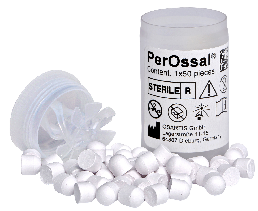
Prof. Rauschmann stressed that if the superficial wound shows a sign of infection, surgeons should perform debridement, flushing and drainage right away, so as to keep the infection out of deep tissues.
For a deep wound infection, a thorough debridement should be performed, followed by a vacuum assisted closure (V.A.C.) therapy with multiple polyurethane swabs in between for microbiology test. Prof. Rauschmann suggested to use PMMA beads or PerOssal loaded with gentamicin or vancomycin for local antibiotic therapy before closing the wound.
PerOssal is a kind of resorbable antibiotic carrier composed of 50% of CaSO4 and 50% of nanoparticular hydroxyapatite. It has clear advantages of fast dissolution (about 10 days), complete release of antibiotic substances, and the ability to load different antibiotic substances, such as gentamyicin, vancomycin and rifampicin.
Local antibiotic therapy was established in 1974. According to Prof. Rauschmann, in clinical practice, many spinal infection patients can be treated with local antibiotic therapy by using different approaches (anterior, posterior or lateral) to fill out the intervertebral disc space with PerOssal and homologous bone. And a Daniaux-funnel can be used to fill the intervertebral disc space with antibiotic pellets in a minimally invasive way.
Although it takes a longer time to fuse, 6 months in general, local antibiotic therapy has obvious merits. It can release antibiotic substances completely with high local concentration and low systemic concentration. Patients will not have systemic reaction or bone loss. And metal implants can be protected from infection. Therefore, this therapy can achieve a good anti-infection result. Meanwhile, Prof. Rauschmann noted that big abscess formations in the back are the contraindication of local antibiotic therapy since it's difficult to perform a thorough dorsal debridement in this condition.
Prof. Rauschmann's Take Home Messages for the Treatment of Postoperative Spinal Infection:
1. A comprehensive diagnosis with swabs, biopsies, sonication, etc. is necessary;
2. A thorough surgical debridement is needed to remove the infected tissues including foreign materials, such as bone cement;
3. If the patient has infection in superficial wounds or deep tissues, a vacuum therapy is needed;
4. Loosened implants should be changed to ensure the stability;
5. Aggressive local and systemic antibiotic therapy should be used. Besides, Prof. Rauschmann also reminded the attendees about three taboos of the treatment for spinal infection: wait and see strategy; no detection of germs; leaving unstable implants.
In the end of Prof. Rauschmann's lecture, he gave the answers to the questions raised in the case he shared at the beginning. For that patient, he performed two surgeries to control the infection, and make it healed completely.
In the first surgery, after a complete surgical debridement and nerve release, Prof. Rauschmann implanted posterior iliac screws to stabilize the pelvis, and lengthened the fusion segments to L3. Then in the second surgery, after inserting a pigtail catheter with the assistance of vascular surgeons, he put a cage in S1 from the anterior approach, as well as PerOssal soaked with vancomycin for local antibiotic therapy. Six months after the surgery, the imaging showed a good bone fusion of the patient, and the pigtail catheter was removed and the infection was gone totally.
After Prof. Rauschmann's lecture, Doctor WANG Guoxian and Doctor TIAN Zhen from the Spine Surgery Dept. of the Fourth People's Hospital of Guiyang shared two speeches on "A Case of Esophageal Perforation and Delayed Infection after the Surgery for C2 Odontoid Fractures" and "Experiences in Antibacterial Therapy for Several Cases of Suppurative Spinal Infection" respectively.
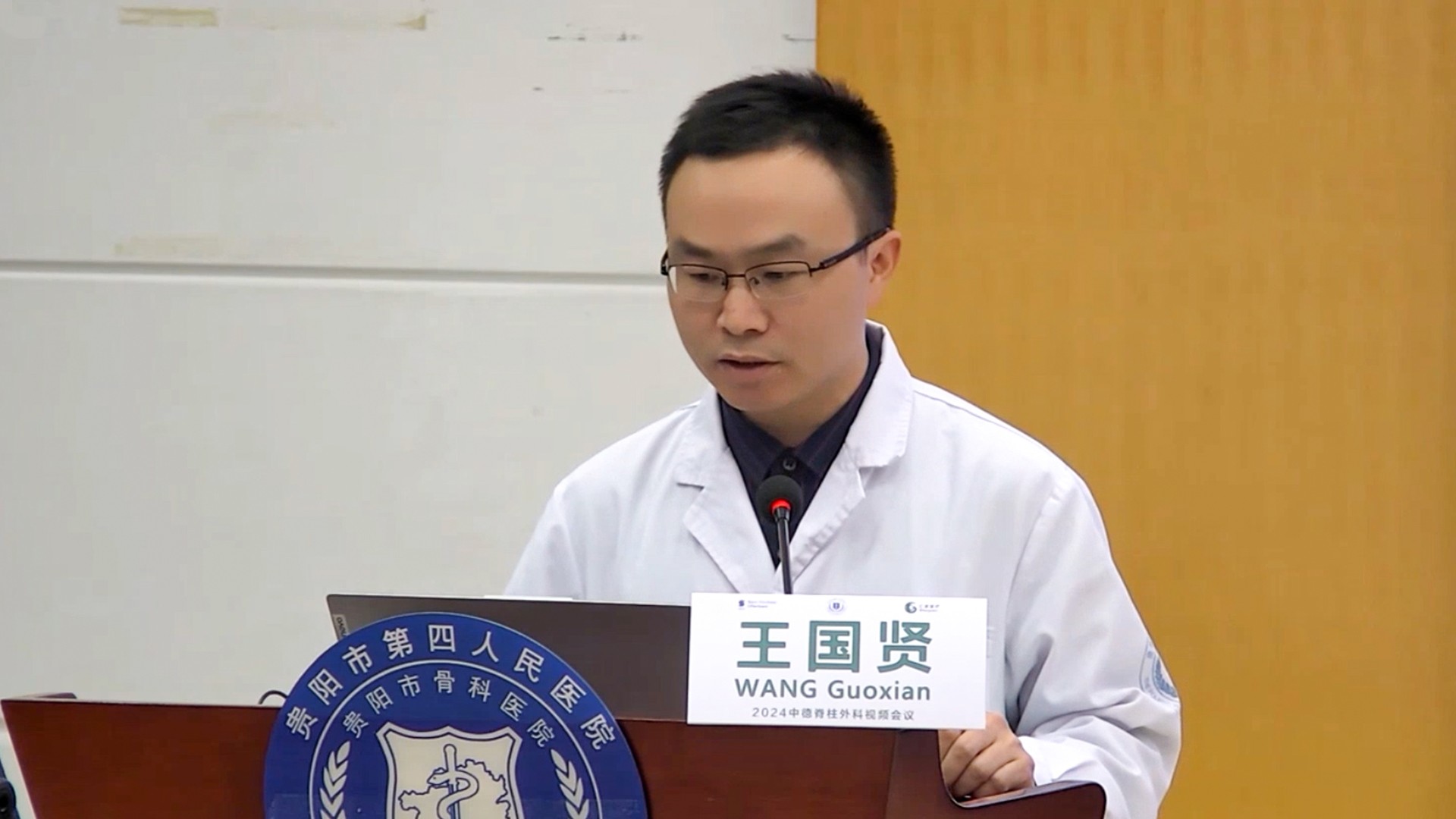
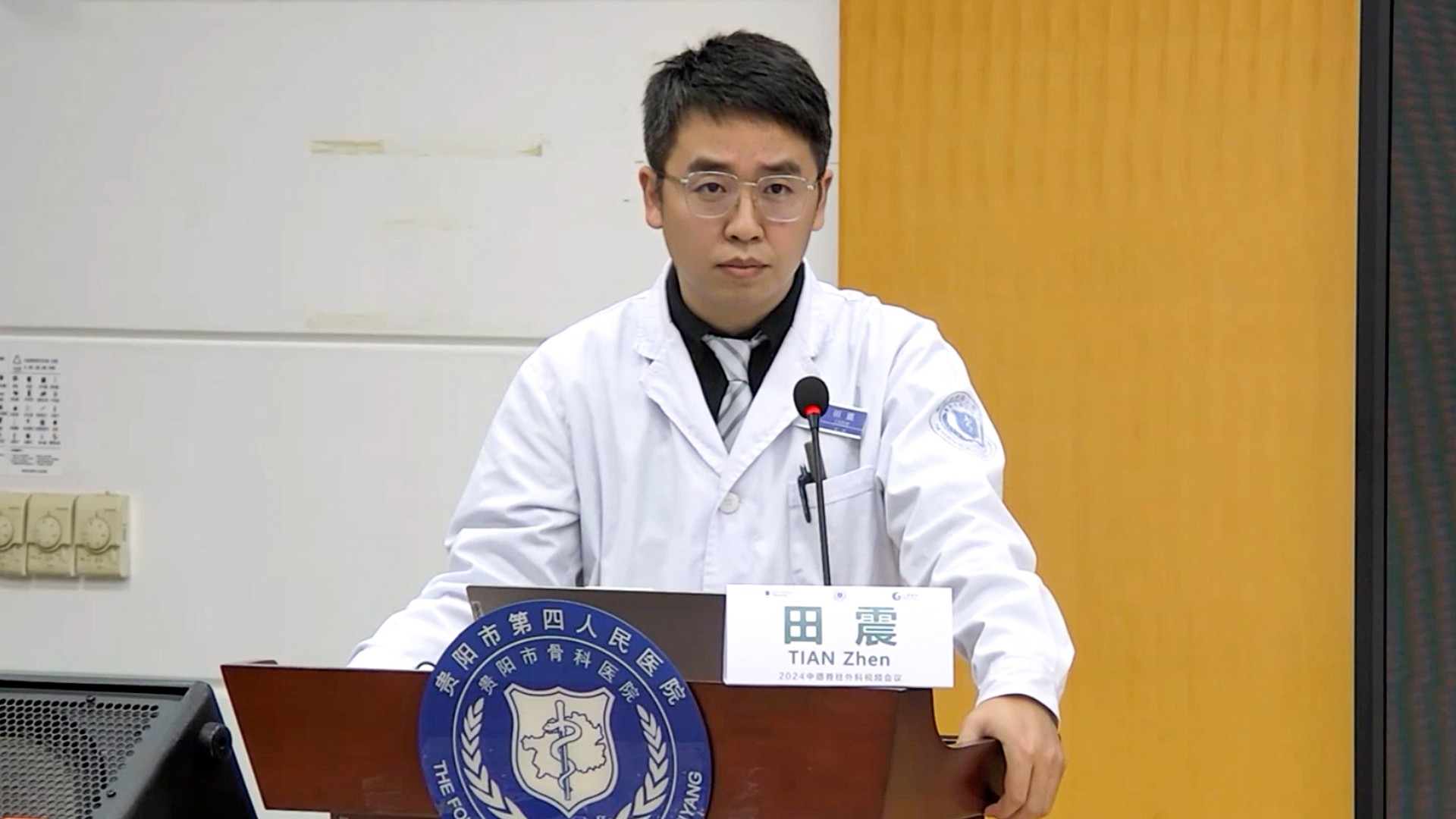
Later, Prof. Rauschmann had a heated discussion with Prof. WANG Bing and the Spine Surgery team of the hospital, and commended them for timely and effective treatments for the spinal infection cases in the sharing.
In the end, Prof. Rauschmann thanked again the invitation from the Chinese colleagues, hoped that they could benefit from this conference, and looked forward to face-to-face academic exchanges with Chinese colleagues in the future.
